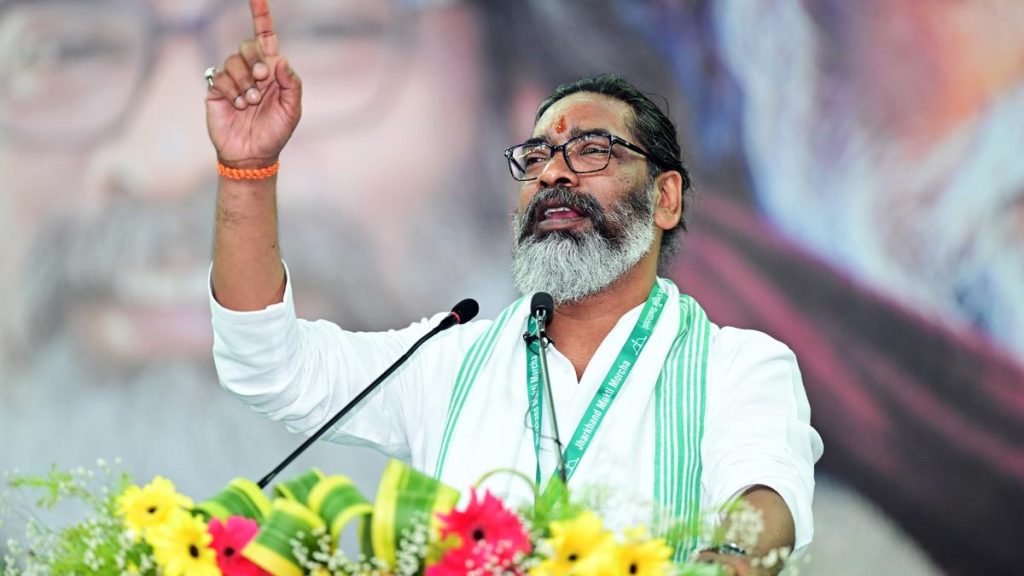Now Reading: Study: Tunnel Road May Harm Public Transport, Increase Pollution, Leave ORR Congested
-
01
Study: Tunnel Road May Harm Public Transport, Increase Pollution, Leave ORR Congested
Study: Tunnel Road May Harm Public Transport, Increase Pollution, Leave ORR Congested

Rapid Summary
- Bengaluru’s proposed 16.7-km twin tunnel road, aimed at reducing congestion, faces criticism for its projected inefficacy and environmental impact.
- The IISc-led study simulated traffic flows across three scenarios: tolled,toll-free,and commuter-shift projections from 2030 to 2060.
- Findings under each scenario:
– In the tolled case (₹300 per trip), the tunnel is underutilized with just about 11,351 vehicles daily by 2060 due to high costs unaffordable for middle/lower-income commuters.
– Toll removal increased usage marginally; busiest stretch projected at only ~17,841 vehicles daily by 2060.
– Traffic-shift scenario predicts over 50,000 vehicles daily in later decades but largely diverts users from buses and metro towards private vehicle use (~40% car/two-wheeler users; ~33% of bus riders).
- Despite the new road project:
– Key parallel routes like Outer Ring Road (ORR) remain highly congested throughout all scenarios with volume-to-capacity (V/C ratio) regularly exceeding critical levels (e.g., V/C ratio >2.0 in some stretches).
– Planned Metro Phase-3 for ORR risks losing potential ridership due to private vehicle preference enabled by the tunnel project.
- Environmental impact projections reveal that emissions rise across pollutants even with metro expansion integrated into future transport scenarios.
Indian Opinion Analysis
The proposed bengaluru twin-tunnel road raises concerns about its long-term feasibility based on key findings from the IISc-led study. While originally designed as a measure to ease city-wide traffic pressure points like ORR, its limited benefit in reducing congestion directly challenges its intended purpose.Furthermore, reliance on private vehicular traffic-even if partially successful-contradicts sustainable urban planning policies focused on mass public transit adoption.
From a financial equity perspective, steep toll charges make access economically exclusive and counterproductive to broader inclusivity goals among diverse commuter demographics. Additionally, diverting significant segments of public transport users undermines investments such as Metro Phase-3 expansion along ORR aimed at decongestion via MRTS systems.
Perhaps more critically are environmental implications; increasing vehicular emissions possibly offsets gains made through green urban mobility initiatives nationwide-a concern India must weigh carefully given global climate commitments like COP28 targets.
The project’s eventual merit will depend on whether authorities prioritize aligning infrastructure goals with comprehensive multi-modal solutions over facilitating extended private car usage corridors across rapidly urbanizing zones.























